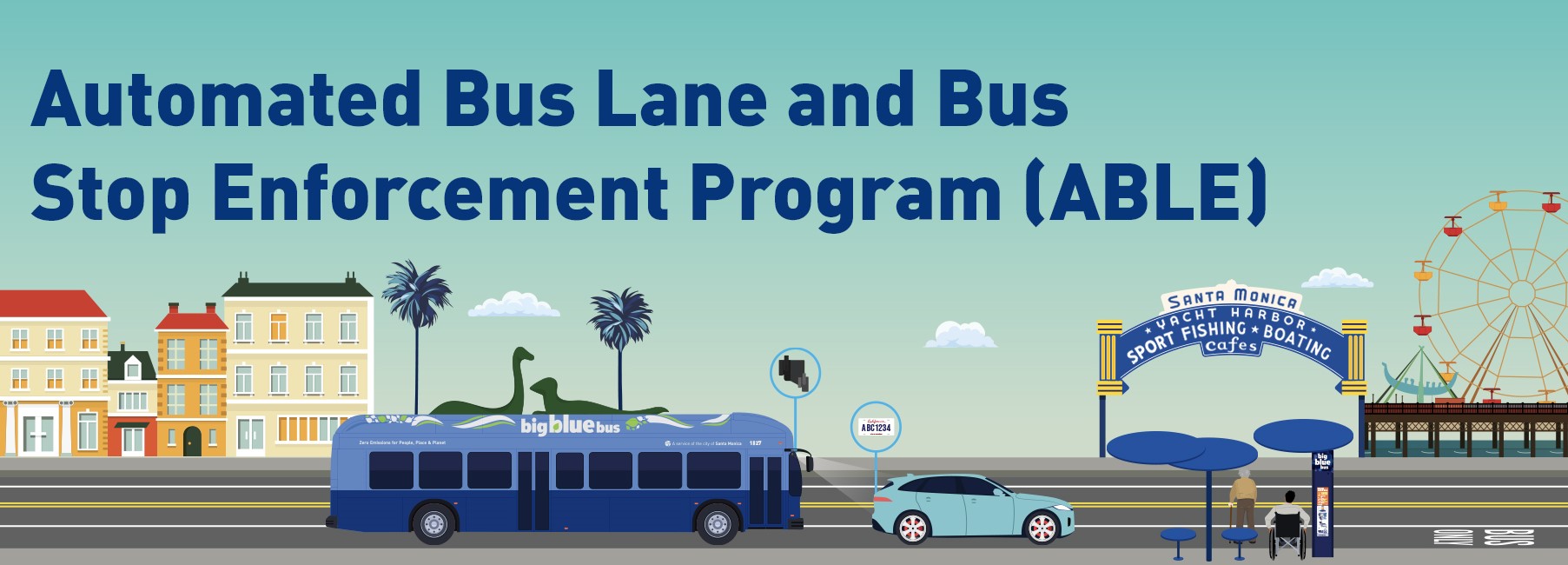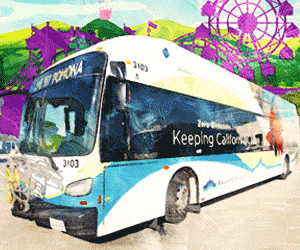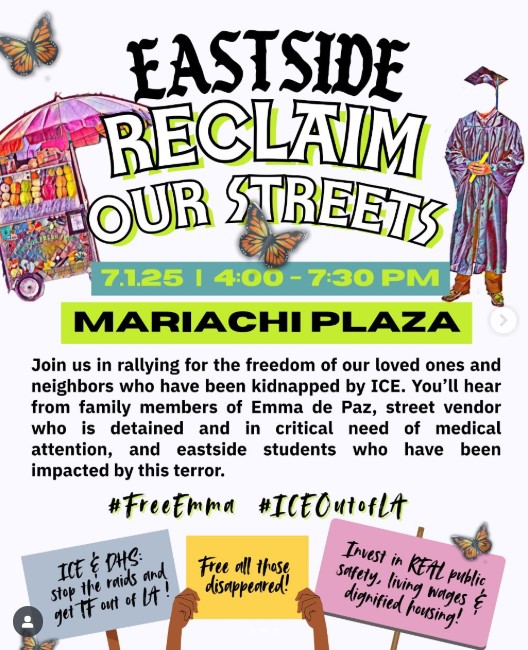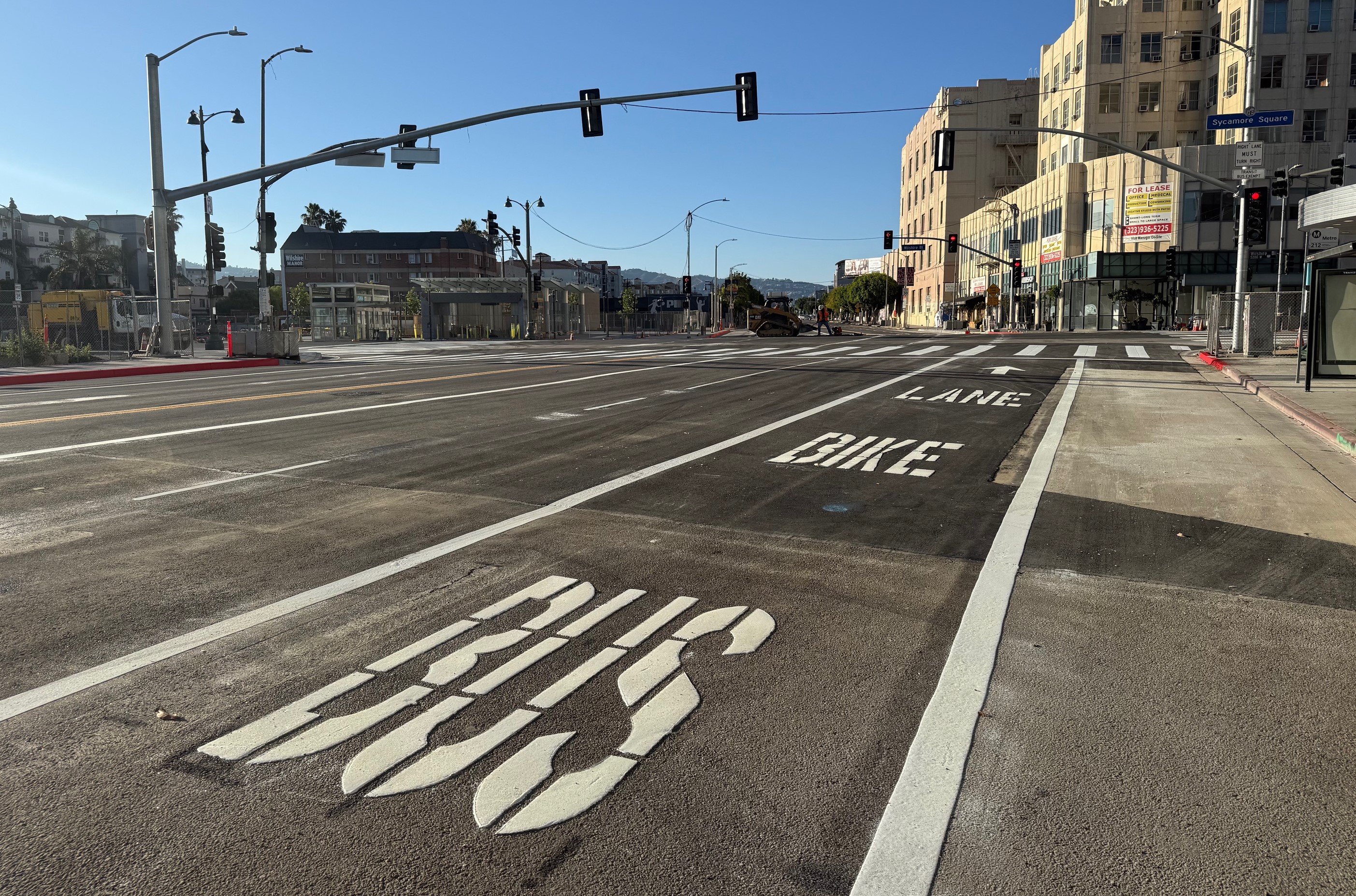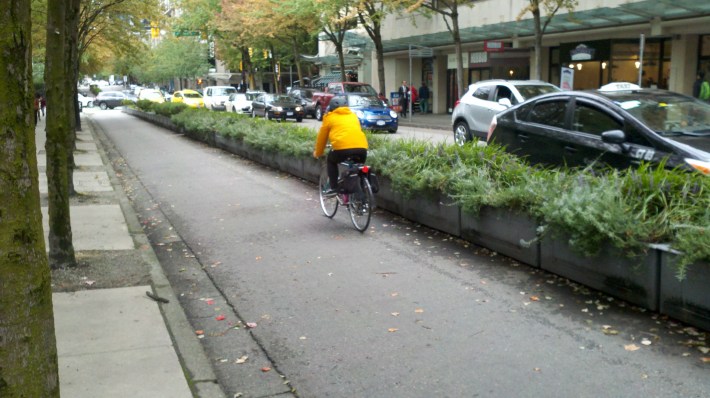
(In advance of tomorrow night's presentation with Modacity about the bicycling culture of Vancouver and what L.A. can learn; we asked Streetsblog contributor Roger Rudick to write about his recent trip to Vancouver. For more information about tomorrow's event, click here.- DN)
Ten years ago, Jeff Leigh, a businessman and engineer, lived in the suburbs, drove a car nearly everywhere--and put on 30 pounds. “I looked in the mirror and didn’t recognize myself,” he said. “But I got back into cycling and started biking on errands; I got healthy again.” He also started advocating with HUB, Vancouver's equivalent to the LA Bicycle Coalition.
His experience mirrors his city. Vancouver, British Columbia, is a seaport town of 600,000. Years ago, it turned away from car-based sprawl to focus on transit and bikes. No coincidence, it now has an obesity rate of 17.4 per cent, compared to 35 percent for the US and around 25 percent for Los Angeles County. Vancouver also has automated rapid transit lines and an extensive trolley bus network.
If trends continue, the city will increase bike, transit and pedestrian transportation share to two-thirds by 2040. Los Angeles recently passed a Mobility Plan in pursuit of similar goals. It can accelerate the implementation of bike and bus lanes by simplifying legal hurdles, explained Jonathan Weiss, an L.A. lawyer and active-transportation advocate. But without Vancouver-style leadership, “nothing will actually happen,” he warned.
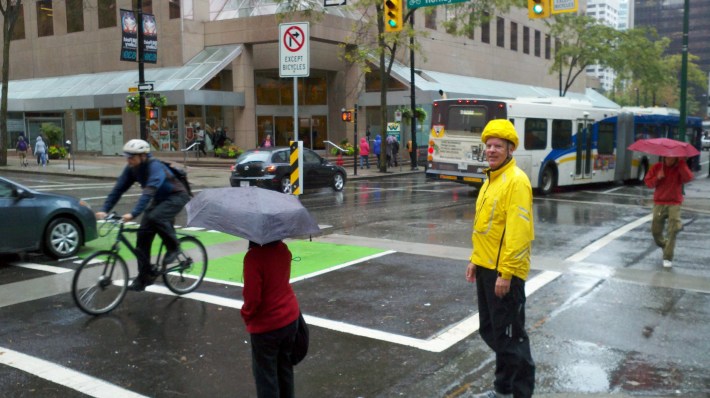
“I’ve been in transportation since 1997 and there was always interest in cycling, even when we had no bike lanes,” said Lon LaClaire, who manages Vancouver’s Strategic Transportation Planning Branch. But things didn’t start changing until City Council took an interest—especially with the election of Vancouver Mayor Gregor Robertson, opined Leigh and LaClair. The mayor, now in his third term, bikes to City Hall, rain or shine—even when there aren’t cameras around. “That’s a benefit,” said LaClaire.
Compare this to efforts to get bike lanes on Westwood Blvd., where Los Angeles councilmen canceled projects in response to objections from drivers. Leigh said politicians must fight past the initial hump of protests or nothing changes.
What else can Los Angeles learn from Vancouver? Leigh explained that there’s a tendency to focus on bike lanes and forget about intersections, where most crashes occur. “The intersections are the tough part,” explained LaClaire. This applies to car throughput too, he said. “For all the hubbub about reallocating road space for bikes, we aren't actually reducing car capacity on the street,” he said. “The key is getting the intersections right, which is where backups actually occur.”
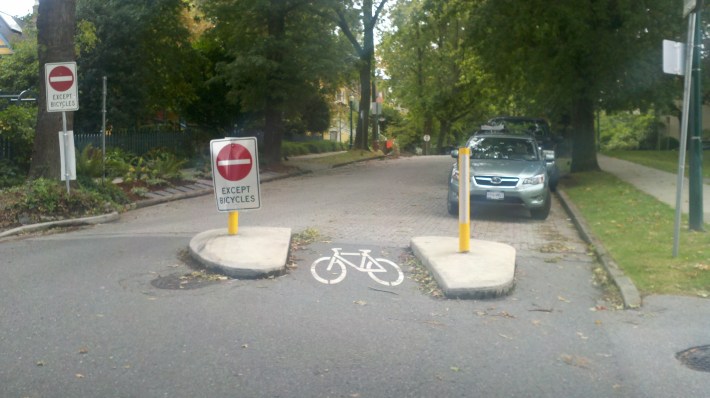
There’s also the issue of first-responder access, a popular justification for canceling bike projects in Los Angeles. “For our downtown protected bike lanes, we designed them to be wide enough for a fire truck,” LaClaire explained. This has improved response times, because the bike lane doubles as an emergency accessway. “A bike can jump onto the sidewalk to let an ambulance pass—a car can't do that. So the lane is a life saver.”
Vancouver’s main challenges, however, remain similar to LA’s, said LaClaire. “We are a growing region that will add a million people in the next ten years” and there’s no way to accommodate that by widening roads for cars, he explained. “That’s a fool’s game.”
Meanwhile, Leigh, now 55, lost the 30 pounds and remains svelte and healthy. He moved from the suburbs to a condo in Vancouver’s Yaletown district, where he bikes and walks all his errands and appointments, even in heavy rain. “Retiring lets me focus on advocacy. We need more cycling and more walking infrastructure,” he said. “It's something that I believe in.”
